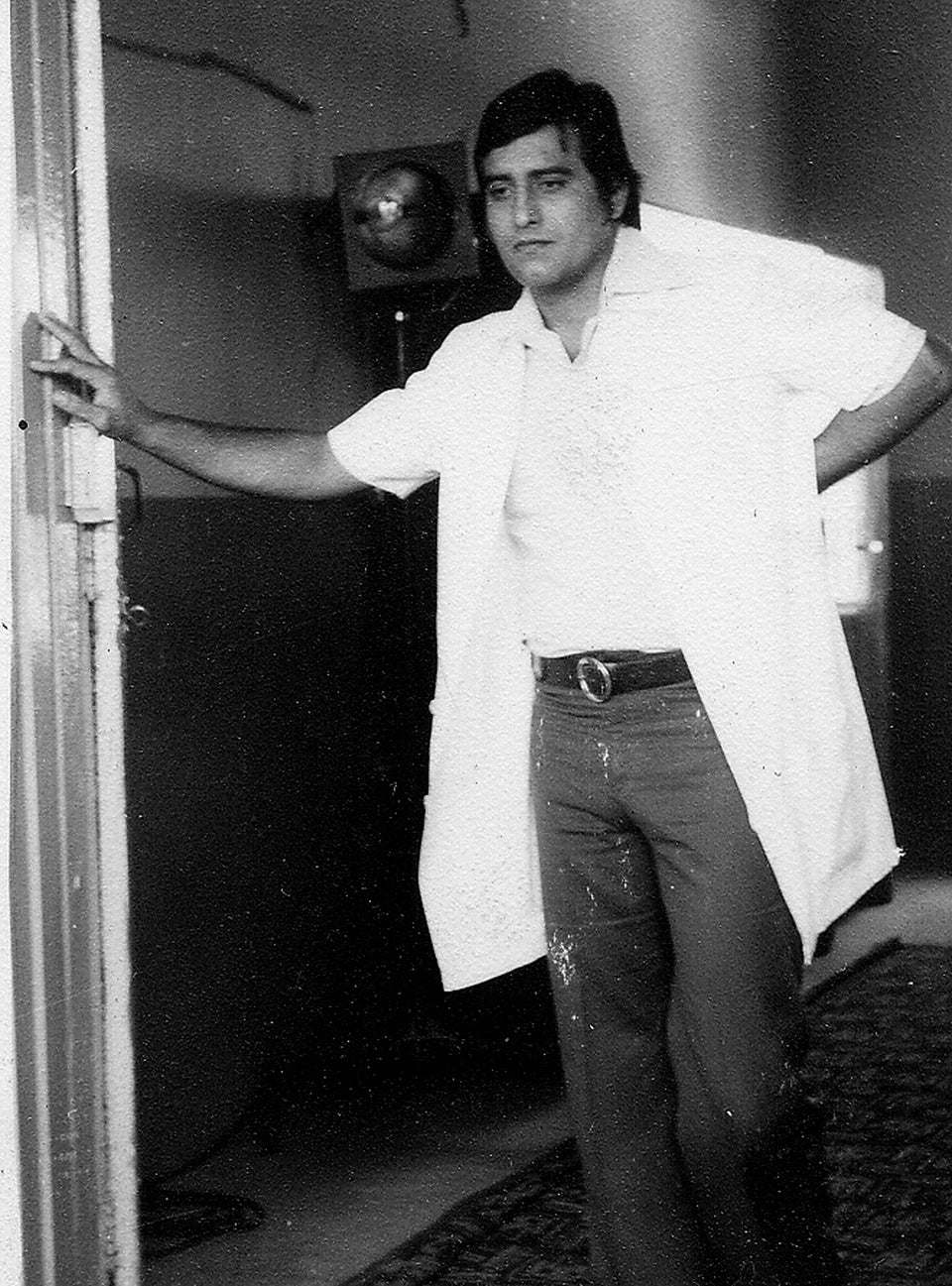
Despite the unrest in Kashmir last summer, India has managed to improve its ranking in the 2017 Global Peace Index, jumping four places from 141 to 137 among the 163 nations that have been included in the 11th edition of the survey.
This is India's biggest improvement in the index since 2011 when it ranked 135 among 153 nations included in the survey. India's rank from 2016 to 2012 has been 141, 143, 143, 141 and 142 respectively.
The index, which is published by the Sydney-based Institute for Economics and Peace, states in its report that India has improved its ranking "due to a reduction in level of violent crime, driven by increased law enforcement."
"Meanwhile, unrest in Indian-administered Kashmir in mid-2016 raised tensions between India and its neighbor Pakistan, with the number of deaths from external conflict increasing in both countries. The unresolved dispute over Kashmir remains the central issue in Indo-Pakistani relations," it further stated.
According to the report, globally, there has been an increase in the number of deaths from internal conflict, rising from 35,988 in 2007 to just under 300,000 in 2016, a 732 percent increase. But India was among the five nations including Sri Lanka, Chad, Colombia and Uganda, that saw the biggest decreases in the number of deaths due to internal conflict.
"While the total number of deaths has risen, the number of countries experiencing deaths from internal conflict has fluctuated, increasing from 26 in 2007 to 42 in 2010, before gradually falling back down to 30 in 2016. Of the 26 countries that recorded deaths in 2007, 16 recorded deaths in 2016," the report said.
The report also says that violence is taking a heavy economic toll on India. It estimates that violence cost India almost $742 billion in 2016 or 8.6 percent of its GDP, according to the 2017 index. In 2016, the cost of violence was $679.80 billion or 9 percent of GDP. In 2015, the cost of violence was almost $342 billion or 5 percent of the country's GDP.
The top five peaceful nations according to the 2017 index are Iceland, New Zealand, Portugal, Austria and Denmark. The most violent countries are Yemen, South Sudan, Iraq, Afghanistan and Syria.
Among the 9 regions included in the survey, South Asia is ranked as the most violent after the Middle East and North Africa. While the region has peaceful countries such as Bhutan which is ranked 13th on the index, it also has Pakistan and Afghanistan ranked at 152 and 162 among 163 nations surveyed.
In terms of military spending, the global expenditure stands at $1.72 trillion, which is two percent lower than the peak in 2010, and 44 percent higher than it was in 1987. "The large increases in total military expenditure without corresponding increases in the number of heavy weapons stores highlights the increased technological sophistication of modern weaponry," the index report stated.
While European countries have decreased military expenditure, China, India, Brazil, South Korea and have made the largest increases, according to the index.
Military expenditure has increased by 193 per cent in India and 111 per cent in Pakistan since 1987, and the number of armed forces personnel have increased by 118 per cent in India and 93 per cent in Pakistan, according to the index.
"Over the past three decades, China and India have established themselves as major military powers thanks to exponential economic growth which has enabled high levels of investment in their respective militaries. This military expansion comes amid rising global instability and regional tensions, particularly between India and Pakistan and in the South China Sea," the report said.
Also on HuffPost India:
